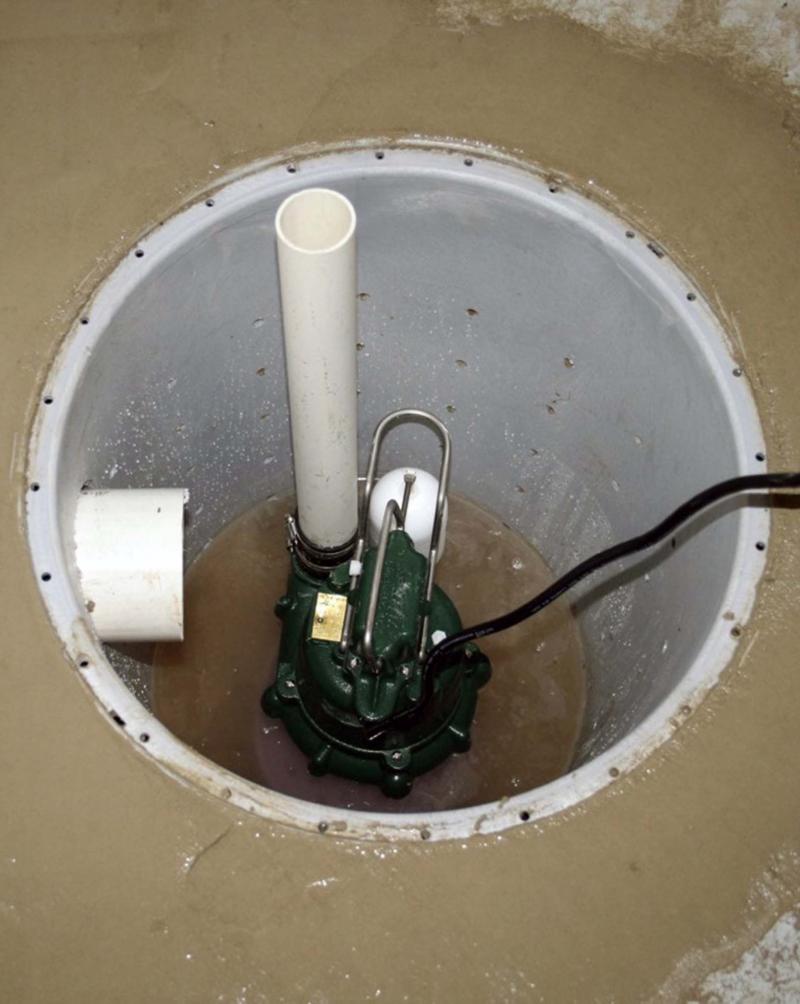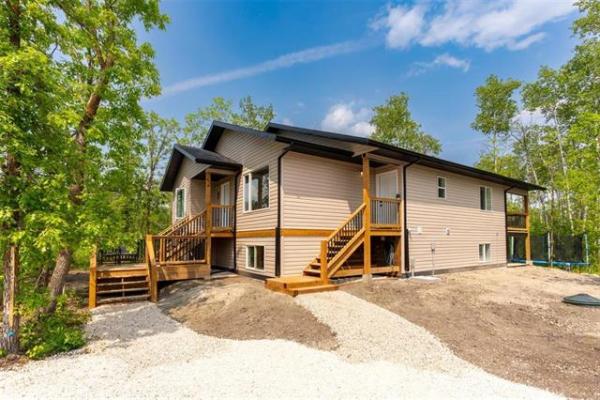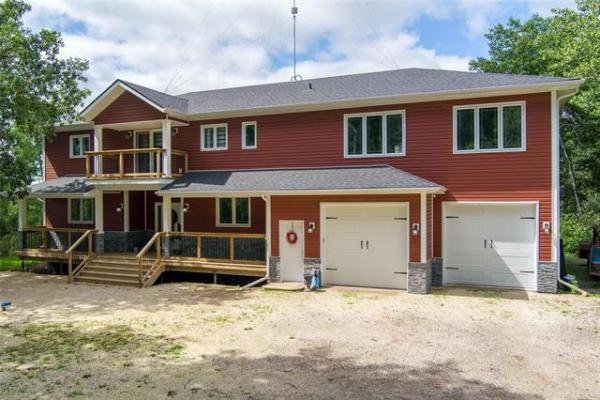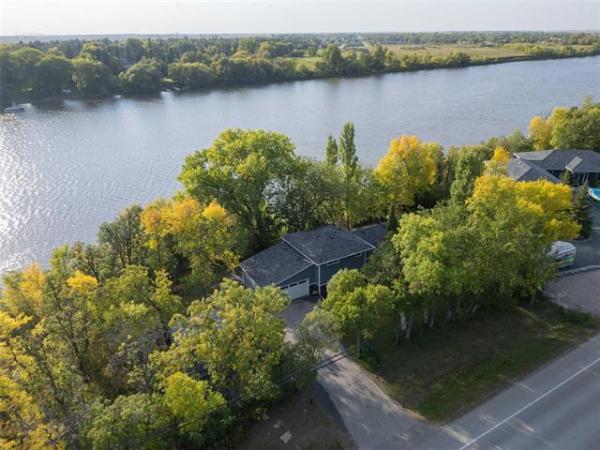
Basement Systems
Before jetting off for the winter, make sure the sump pump is functioning properly.
Question: I found your article on preparing a home for an extended winter absence (Nov. 10) very helpful, thank you.
I have a related question in regards to my sump pump during a winter absence, which I hope you can provide advice for. At this time of year, we transition to frozen precipitation, yet there is still moisture in the ground. What is your best advice for keeping the sump pump on or off, disconnecting the outdoor hose and when to reconnect it? What is the best practice when the homeowner is absent for the winter season.
I appreciate your time and look forward to your response.
— Clara R.
Answer: Maintaining a sump pump is normally quite easy and well within the skill level of most homeowners. Installation and removal of the outside discharge hose, as well as annual testing, may be the only things absolutely required to ensure proper operation. Additional protection from expelled water during your winter absence may be a good idea, but the pump should never be unplugged or shut off, even in the dead of winter.
Determining what steps to take for maintenance of your sump pump, and protection of the soil around the home, may rely slightly on the function of the device. If you have a retrofit sump, installed in an older home for protection against basement flooding during a sewer backup event, there is minimal to worry about. It is still prudent to remove your outside discharge pipe extension in the fall, but that is all that will be required until the snow melts in the spring.
In most newer homes, the sump pit is also the catch basin for water draining from the weeping tile system. If that is the case in your home, then there may be some water discharge from the pump even after the surface ground is frozen. This can also occur if the mid-winter weather suddenly warms above freezing, snow melts and the weeping tiles collect water and channel it to the sump. For that reason, the flexible exterior discharge hose should be removed and stored for the winter. If that critical task is missed, any water draining from the sump in below zero weather can freeze inside the hose. This may cause the hose to burst, or the pump to run continuously as it tries to empty the sump into a line blocked with ice. That can cause the pump to eventually overheat, seize and become irreparably damaged.
After removal of your flexible extension hose, installing something to divert the water away from the home is a very good idea. This can range between a simple pre-made splash block or a more elaborate pipe system. If the slope is good outside your foundation where the sump discharge pipe is located, and the drainage also satisfactory, you may be able to place a block or pad directly below the pipe. This should prevent a small crater from forming in the soil when it is not yet fully frozen.
If you don’t have good grading, or the sump pipe terminates in a poor location, more effort may be required to prevent a problem. The simplest way to avoid issues is to loosely install a larger diameter discharge hose to divert any water away from the house. One of the simplest and most effective ways to accomplish this is by fitting a section of plastic non-perforated weeping tile, or flexible plastic downspout extension pipe, over the end of the sump pump pipe. This may be secured with twine or a cable tie — but should never be tight fitting — to allow purposeful overflowing and prevent blockage with ice. This temporary pipe should extend as far as necessary, to an area of better drainage.
The larger, temporary hose extension should be left in place until the snow is completely melted. If the ground is still frozen even after the snow has melted, due to an abnormally cold winter, this may be left in place for a longer period of time. But under no circumstances should the pump be unplugged or the breaker shut off, as this could cause serious structural issues or basement flooding. Once the snow is gone and the ground begins to thaw, that is the time to reinstall the smaller hose, which will allow the larger volume of sump water to be diverted further from the foundation.
Installing a temporary winter hose extension, or splash block, may be the only necessary task to prevent a problem with your sump discharge in the winter. Testing the sump pump in early spring should also be done to ensure it is functioning properly, as the majority of groundwater issues occur during the snowmelt and warmer seasons.
Ari Marantz is the owner of Trained Eye Home Inspection Ltd. and the past president of the Canadian Association of Home & Property Inspectors — Manitoba (cahpi.mb.ca). Questions can be emailed to the address below. Ari can be reached at 204-291-5358 or check out his website at trainedeye.ca.
trainedeye@iname.com



